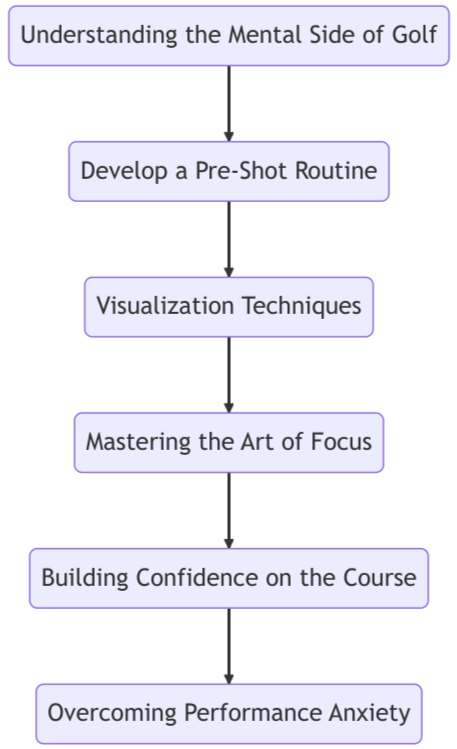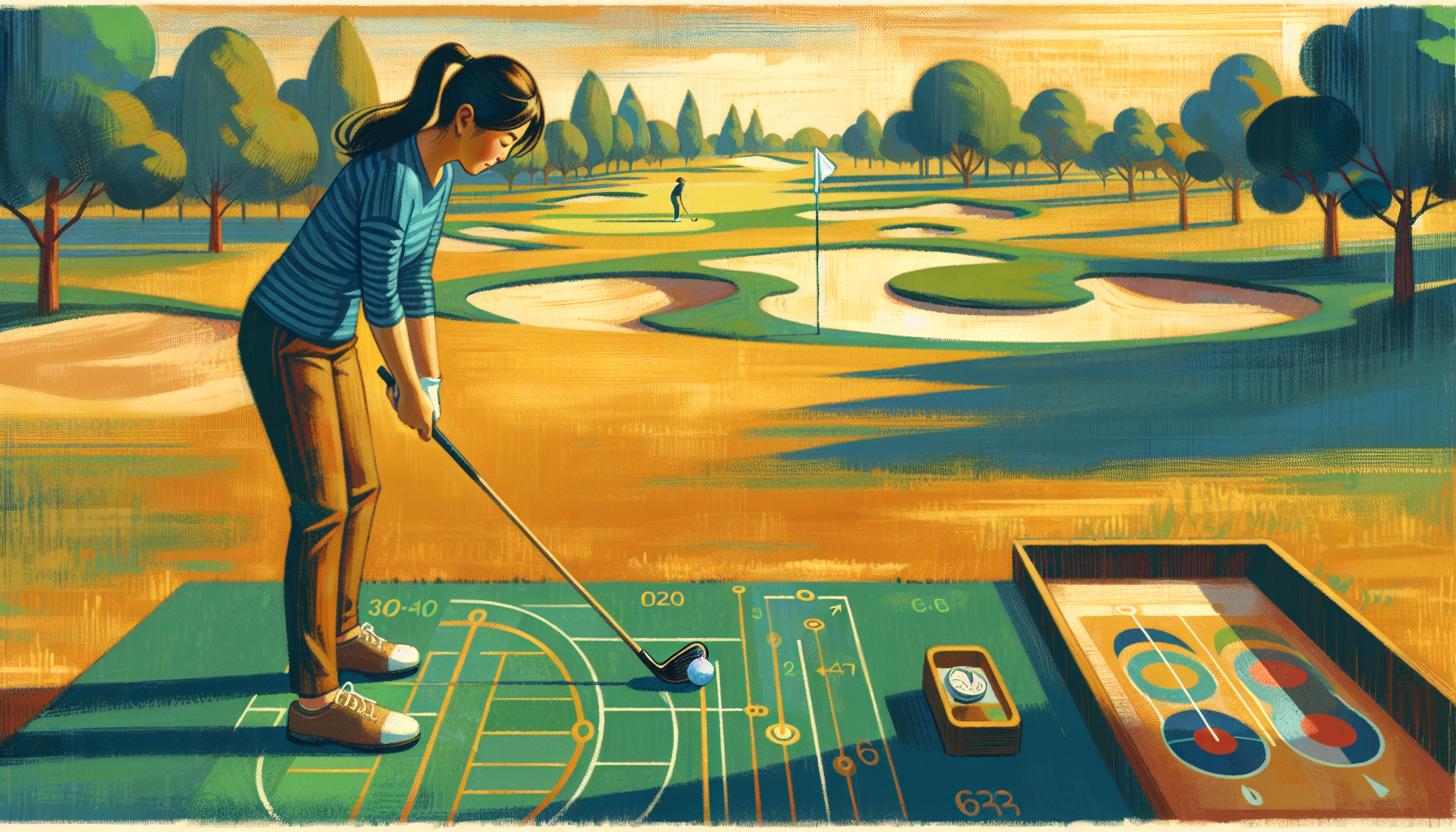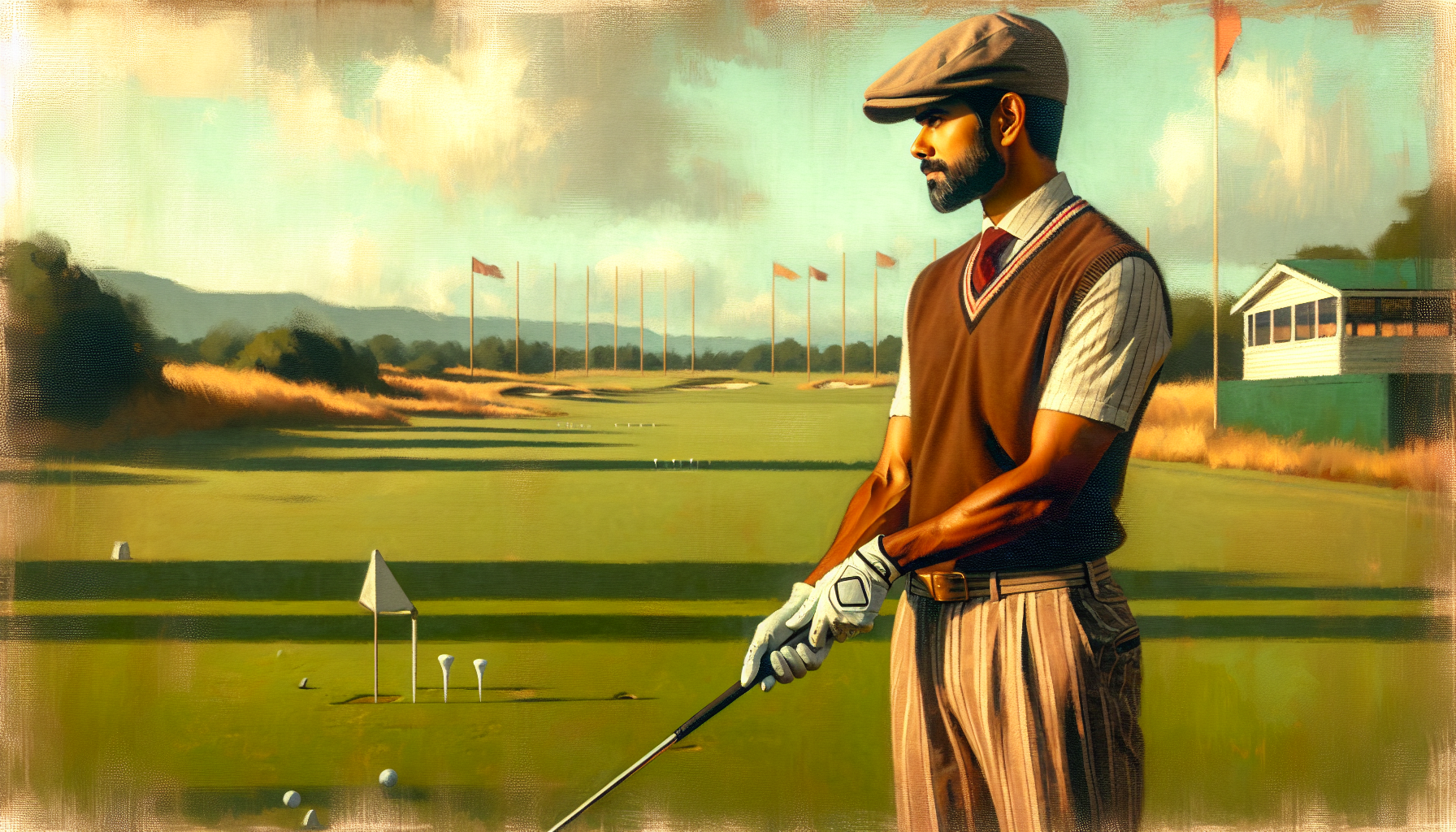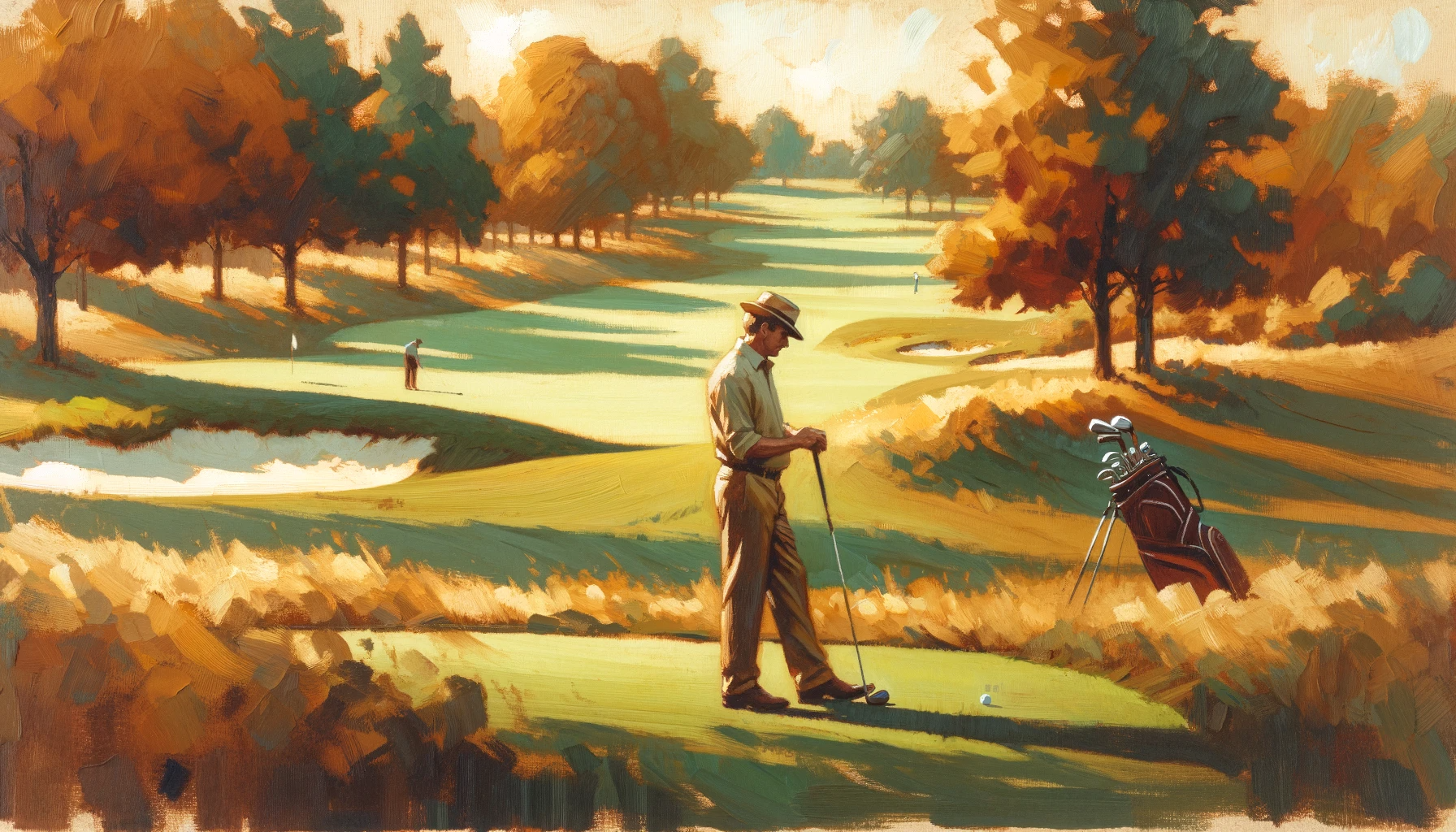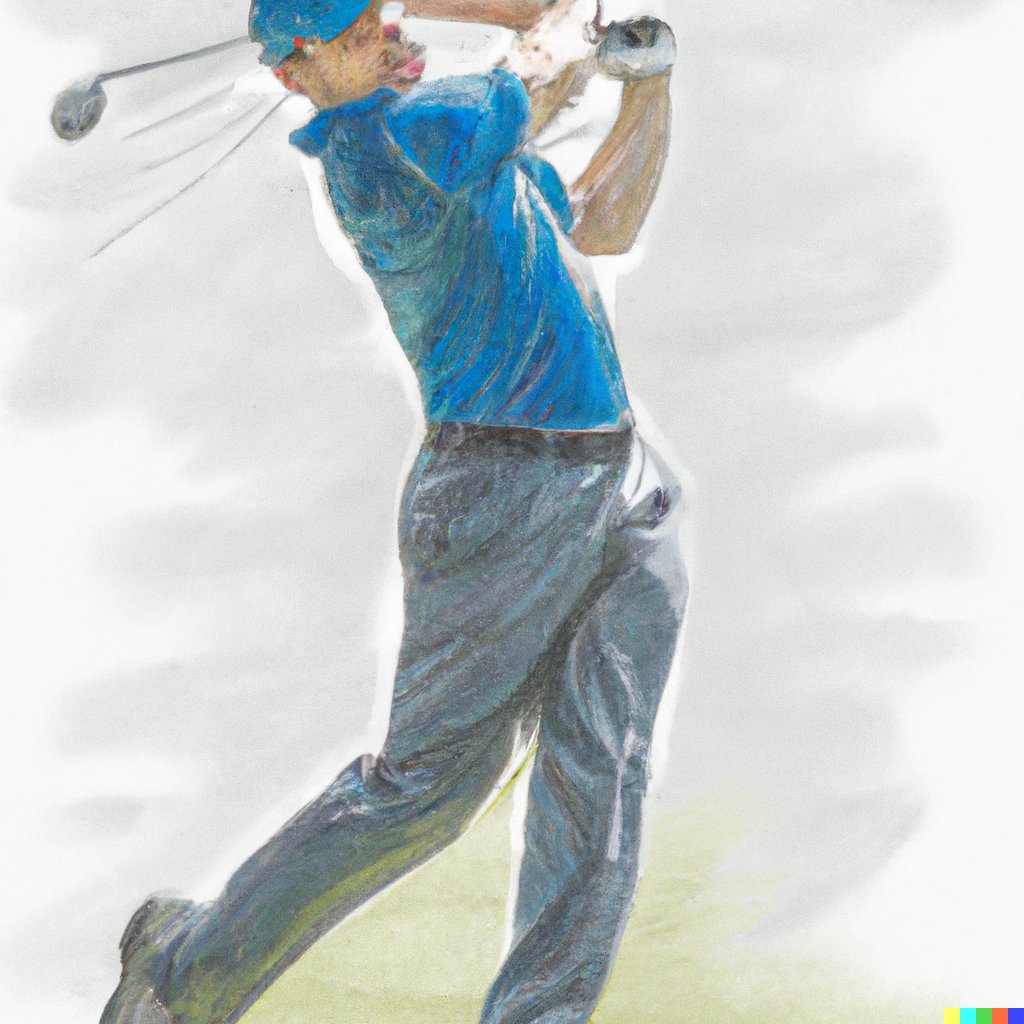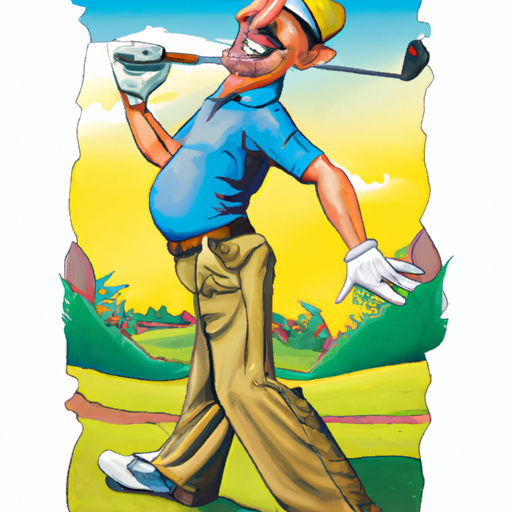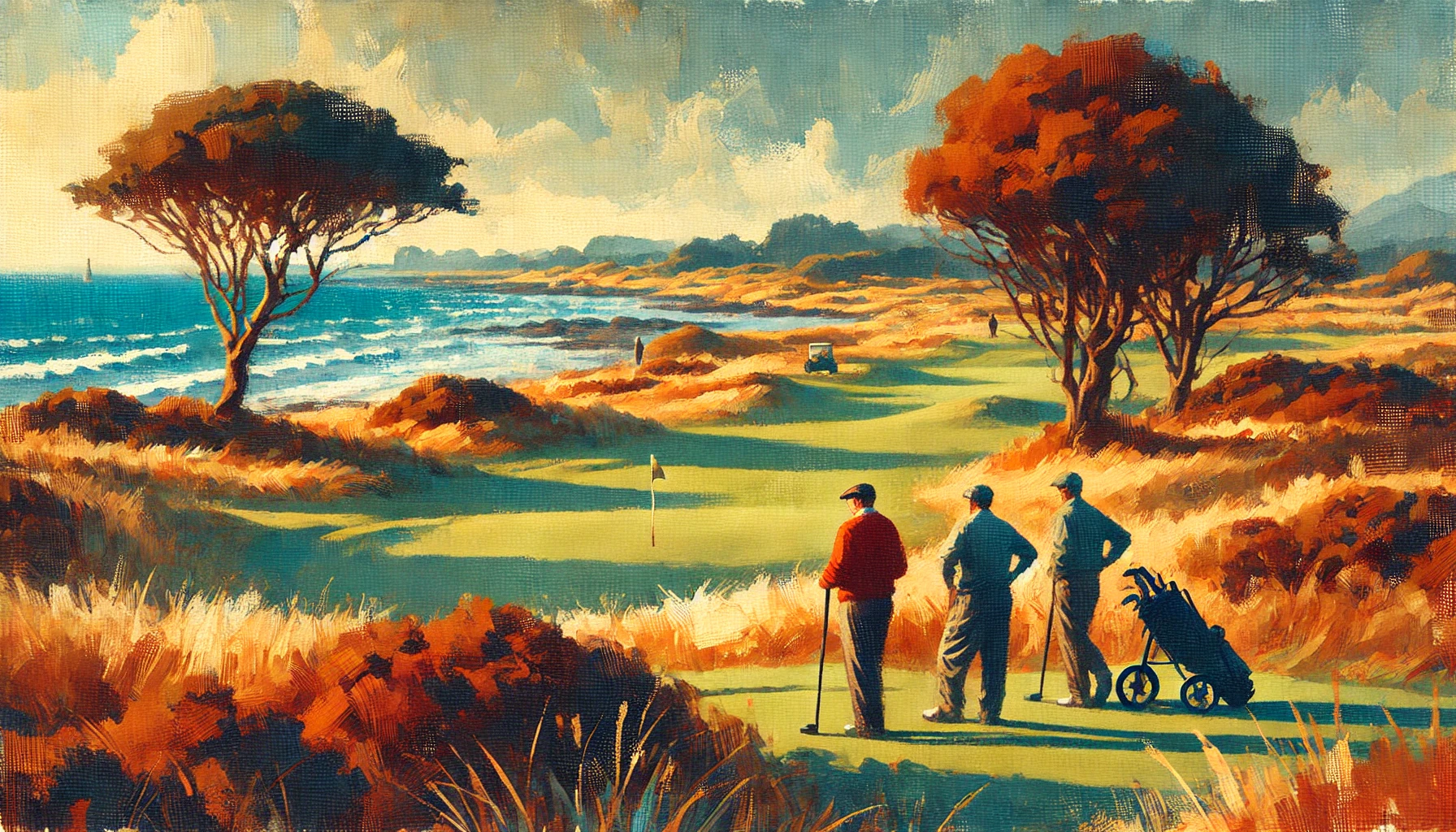Cold Weather Golf Tips That Actually Work When It's Freezing Out There
Look, I'll be straight with you - most golfers hang up their clubs the moment the temperature drops below 60 degrees. But here's the thing: some of my most enjoyable rounds have been on crisp winter mornings when the course is practically empty and every shot feels like an accomplishment.
Playing golf in cold weather isn't just about toughing it out. It's about being smart, staying warm, and making the right adjustments so you can actually play decent golf instead of just surviving until the 18th hole. After years of stubborn winter golf (my buddies call it obsession), I've learned what works and what doesn't.
How to Stay Warm Playing Golf in Winter
The biggest mistake I see weekend golfers make is trying to play cold weather golf in their regular summer gear with just a jacket thrown on top. That's a recipe for misery, trust me.
The secret is layering like you mean it. Start with a moisture-wicking base layer that fits snug against your skin. This isn't the time for your old cotton t-shirt - you want something that pulls sweat away from your body. I learned this the hard way during a particularly brutal December round when I spent the back nine shivering in wet cotton.
Next comes your mid-layer - a lightweight golf pullover or quality winter golf sweater that traps heat without restricting your swing. The key word here is lightweight. You're not building a snowman, you're trying to hit a golf ball with some semblance of accuracy.
For your outer layer, go with something windproof and water-resistant. Proper rain gear works great because it blocks wind and handles those unexpected winter showers.
And here's a tip that changed my cold weather game: winter golf hats and thermal golf gloves are non-negotiable. You lose most of your body heat through your head, and cold hands mean no feel on your shots.
🧥 Essential Cold Weather Layering
- 🧥 Moisture-wicking base layer (no cotton!)
- 🧥 Lightweight insulating mid-layer
- 🧥 Windproof outer shell
According to PGA professionals, proper layering can make the difference between enjoying your round and just surviving it.
What Should You Wear for Cold Weather Golf
Beyond the basic layering strategy, there are some specific pieces that make winter golf actually enjoyable instead of just bearable.
Start from the bottom up. Waterproof golf pants over your regular pants create a barrier against wind and moisture. I used to think this was overkill until I played a round where the wind chill hit 25 degrees. Now I won't leave home without them when it's really cold.
For your feet, you need proper winter golf shoes with good traction. Cold ground is often wet and slippery, and nothing ruins a round faster than sliding around during your swing. Waterproof shoes with good grip are worth their weight in gold.
Don't forget about your hands - they're your only connection to the club. I always carry an extra pair of gloves and some hand warmers. When your hands get cold and wet, your round is basically over.
The experts at Golf Digest recommend always having backup gloves because wet gloves in cold weather are worse than no gloves at all.
👟 Complete Cold Weather Golf Outfit
- 👟 Waterproof golf shoes with good traction
- 👟 Thermal socks and waterproof pants
- 👟 Winter beanie and backup gloves
Golf Ball Selection for Cold Weather
Here's something most weekend golfers don't think about: your golf ball choice matters way more in cold weather than you'd expect.
Cold air is denser than warm air, which creates more drag on your ball. According to research by TrackMan, you lose about one yard of carry distance for every 10-degree drop in temperature. That might not sound like much, but it adds up fast.
The solution? Switch to a lower compression ball when it gets cold. Softer golf balls compress easier in cold conditions, helping you maintain more distance. I typically play a firmer ball in summer, but when winter rolls around, I switch to something with more give.
Here's another trick: keep a couple of balls in your pocket during the round. Warm balls perform better than cold ones, so rotating between a warm ball and the one you're playing can help maintain consistency.
Just remember - artificially warming your golf balls with hand warmers or other devices is against the Rules of Golf, so keep it natural.
⚪ Cold Weather Ball Strategy
- ⚪ Use lower compression balls for easier compression
- ⚪ Rotate balls to keep them warmer naturally
- ⚪ Expect 5-10% distance loss overall
How Much Distance Do You Lose in Cold Weather Golf
Let's talk numbers because this is where most golfers mess up their club selection. The distance loss in cold weather isn't just about the ball - it's about everything.
Your ball loses distance due to air density and reduced compression. Your swing loses power because your muscles are stiffer and you're wearing more layers. The ground is often softer, so you get less roll. It all adds up.
On average, expect to lose about 10-15 yards with your driver in truly cold conditions (below 40 degrees). With shorter irons, you might lose 5-8 yards. But here's the kicker - it's not just about distance. Your ball flight changes too.
In cold weather, balls tend to fly lower and with less spin. This means less stopping power on greens, so you need to factor that into your approach shots. I learned to aim for the front of greens and let the ball roll to the pin rather than trying to fly it all the way there.
The key is adjusting your expectations and your mental approach to the round. You're not going to hit your career-best distances, and that's okay.
Golf Monthly's research shows that golfers who adjust their club selection and expectations actually score better in cold weather than those who try to play their normal game.
📏 Distance Loss Expectations
- 📏 Driver: 10-15 yards less carry distance
- 📏 Irons: 5-8 yards less overall distance
- 📏 Lower ball flight with less spin
Golf Swing Adjustments for Cold Weather
Your body doesn't move the same way when it's cold - that's just physiology. So trying to make your normal swing in 35-degree weather is like trying to dance in a snowsuit.
The first adjustment is your warm-up routine. In cold weather, I spend at least 10 minutes doing golf stretches before I even touch a club. Cold muscles are tight muscles, and tight muscles lead to injury and bad shots.
When you do start swinging, focus on a smooth, controlled tempo rather than trying to muscle the ball. Cold weather naturally shortens your backswing anyway, so work with it instead of fighting it. I actually found that adapting my swing to conditions made me a more consistent player overall.
Here's a tip that really helped my cold weather game: widen your stance slightly for better stability. Cold ground is often uneven and slippery, so that extra stability makes a huge difference in your ball striking.
Also, don't try to hit hero shots in cold weather. The conditions are already working against you, so play smart and keep the ball in play. Pars are your friend when it's freezing out there.
🏌️ Smart Cold Weather Swing Tips
- 🏌️ Extended warm-up and stretching routine
- 🏌️ Smooth tempo instead of power swings
- 🏌️ Wider stance for better stability
Should You Walk or Ride in Cold Weather Golf
This one might surprise you, but walking is almost always better in cold weather. I know it sounds backwards - why would you want to walk when it's freezing? But here's why it works.
Walking keeps your blood flowing and your muscles warm between shots. When you sit in a cart, you cool down and stiffen up. Then you have to warm up all over again for each shot. Plus, walking the course gives you better feel for conditions like wind direction and green firmness.
The only time I'd recommend a cart is if the course is cart-path only due to wet conditions, or if the wind chill is so brutal that the cart provides necessary shelter.
If you do walk, make sure you're wearing the right gear. Good waterproof shoes are essential, and layered clothing that allows for easy movement is key.
One more walking tip: bring a lightweight bag or use a push cart. You don't want to be lugging a heavy bag around when you're already dealing with cold and potentially slippery conditions.
🚶 Benefits of Walking in Cold Weather
- 🚶 Keeps blood flowing and muscles warm
- 🚶 Better feel for course conditions
- 🚶 More consistent body temperature
Essential Cold Weather Golf Accessories
Beyond the basic clothing and equipment, there are some accessories that can make or break your cold weather round.
Hand warmers are a game-changer. I keep a couple in my pockets and rotate them as needed. When your hands get cold, you lose all feel for your shots, and that's when scores really balloon.
A thermos with hot coffee or cocoa can be a lifesaver on really cold days. Not only does it warm you up, but it gives you something to look forward to between holes. Just don't overdo the caffeine - you don't want to be jittery over important putts.
An extra towel is crucial for wet conditions. Cold weather often means damp conditions, and you need to keep your grips dry. I learned this lesson the hard way when I couldn't hold onto my club during a crucial shot.
Don't forget about visibility either. Winter days can be gray and dim, so brightly colored golf balls help you track your shots better.
🎒 Must-Have Cold Weather Accessories
- 🎒 Hand warmers and extra gloves
- 🎒 Thermos with hot beverages
- 🎒 Extra towel for wet conditions
Mental Game Strategies for Cold Weather Golf
Here's the truth about cold weather golf: it's as much mental as it is physical. You have to adjust your expectations and your approach to the game.
First, accept that your scores are probably going to be higher. That's not failure - that's reality. The guys who struggle most in cold weather are the ones who try to play their summertime game and get frustrated when it doesn't work.
Set realistic goals for your round. Maybe it's hitting a certain number of fairways, or avoiding three-putts, or just enjoying the experience of having the course to yourself. Staying focused is harder when you're cold and uncomfortable, so give yourself achievable targets.
I also found that course management becomes even more important in cold weather. Take the safe play more often, aim for the center of greens, and don't try to squeeze shots into tight spots when conditions are working against you.
Remember why you're out there: because you love golf and refuse to let a little cold weather stop you. That's something to be proud of.
🧠 Cold Weather Mental Game
- 🧠 Lower expectations, higher enjoyment
- 🧠 Focus on course management over hero shots
- 🧠 Embrace the challenge and empty courses
Winter Golf Course Conditions and Adaptations
Cold weather changes the golf course in ways that affect every shot. The greens are slower, the fairways are softer, and the rough is often matted down or dormant.
These conditions actually create some opportunities if you know how to use them. Slower greens mean you can be more aggressive with your putting. Softer fairways mean your mishits won't roll as far into trouble. Dormant rough is often easier to hit from than thick summer grass.
But you also need to adjust your strategy. Approach shots need to account for less roll on soft greens. You might need to adjust for wind more carefully since winter often brings gusty conditions.
Many courses also implement winter rules or preferred lies during cold weather. Don't be too proud to use them - they're there to keep the game enjoyable and protect the course.
🌿 Winter Course Conditions
- 🌿 Slower greens allow more aggressive putting
- 🌿 Soft fairways mean less roll-out
- 🌿 Take advantage of winter rules when available
Pre-Round Preparation for Cold Weather Golf
The key to successful cold weather golf starts before you even leave the house. Check the weather forecast not just for temperature, but for wind and precipitation. A 40-degree day with no wind is very different from a 40-degree day with 15 mph gusts.
Pack your bag the night before with all your cold weather gear. Include backup gloves, hand warmers, extra towels, and that thermos I mentioned. Don't forget to keep your clubs inside - leaving them in a cold garage or car trunk can make the grips slippery and the shafts brittle.
Arrive at the course early enough for a proper warm-up. This isn't the time to rush onto the first tee. Spend time on the range working through your bag, and definitely hit some putts to get a feel for the slower green speeds.
Consider booking a later tee time too. Let the sun warm things up a bit if possible, and avoid that early morning frost that can make conditions even more challenging.
Key Winter Golf Equipment Checklist
Based on years of trial and error, here's what actually works for cold weather golf:
Essential Clothing:
- Moisture-wicking base layer (never cotton)
- Insulating mid-layer
- Windproof outer shell
- Waterproof pants
- Thermal hat or beanie
- Winter golf gloves plus spares
Equipment Adaptations:
- Lower compression golf balls
- Extra towel for wet conditions
- Hand warmers
- Thermos with hot drinks
- Push cart or lightweight bag for walking
Course Strategy Items:
- Realistic scorecards (don't expect summer scores)
- Adjusted club selection chart
- Plan for 10-15% distance loss
Essential Winter Golf Takeaways
Bottom line: Cold weather golf isn't about suffering through it - it's about adapting and enjoying a different version of the game you love. The courses are empty, the air is crisp, and there's something satisfying about proving you can play decent golf when most people are sitting inside.
Key strategies that work: Layer properly with moisture-wicking materials, switch to lower compression balls, adjust your distance expectations by 10-15%, walk when possible to stay warm, and most importantly - adjust your mental game to embrace the challenge rather than fight it.
Smart preparation: Check weather conditions thoroughly, pack backup gear, arrive early for extended warm-up, and set realistic scoring goals. Remember, even tour pros struggle in cold conditions, so don't expect to shoot your personal best when it's 35 degrees out there.
The golfers who master winter play often become better all-around players because they learn to adapt, manage courses strategically, and stay mentally tough when conditions aren't perfect. Plus, you'll have some great stories about the rounds you played when everyone else stayed home.
Essential Cold Weather Golf Questions
How cold is too cold for golf?
Most golfers find 40 degrees manageable with proper gear, but below 30 degrees becomes challenging. Wind chill is more important than temperature - a calm 35-degree day is more playable than a windy 45-degree day. Listen to your body and don't risk injury for a round of golf.
What's the best golf ball for cold weather?
Lower compression balls (around 60-70 compression) work best in cold conditions because they compress easier when the air is dense. Two-piece distance balls often perform better than premium urethane balls when temperatures drop below 50 degrees.
Should I change my club selection in cold weather?
Yes, expect to use 1-2 clubs more than normal due to distance loss from dense air and reduced ball compression. A typical 150-yard shot in summer might require a 140-yard club in 40-degree weather. Factor in wind and softer ground conditions too.
How can I keep my hands warm while playing?
Hand warmers in your pockets, thermal golf gloves, and spare gloves are essential. Keep one ball warm in your pocket and rotate it with the ball in play. Between shots, put your hands in your pockets or use mittens over your golf gloves.
Is it better to walk or ride in cold weather?
Walking is usually better because it keeps your blood flowing and muscles warm. Sitting in a cart allows you to cool down and stiffen up between shots. Only use a cart if conditions are extremely harsh or if the course requires cart-path-only due to wet conditions.
How much distance will I lose in cold weather?
Expect 10-15 yards less with your driver and 5-8 yards less with irons in temperatures below 40 degrees. The loss comes from denser air creating more drag, reduced ball compression, and your body not moving as freely in cold conditions.


